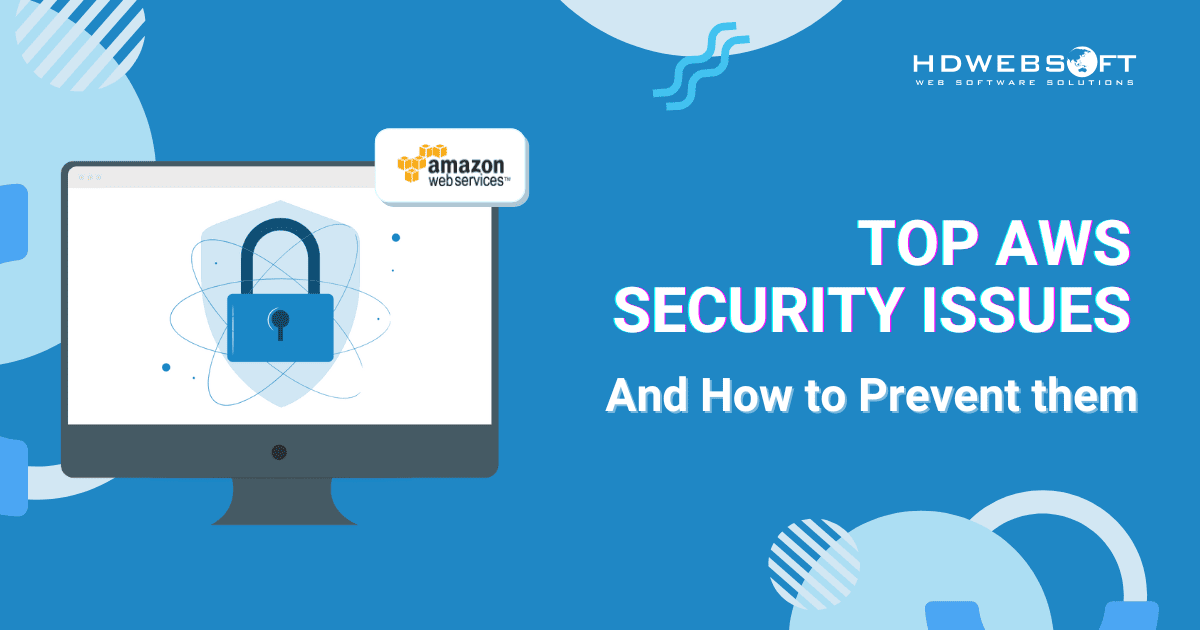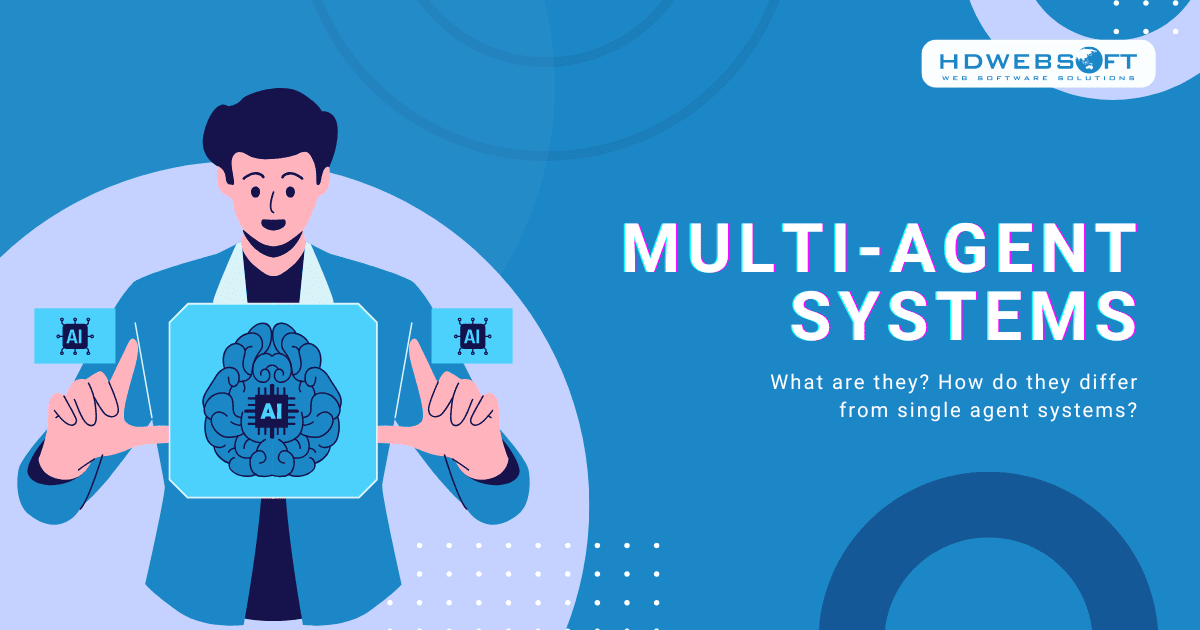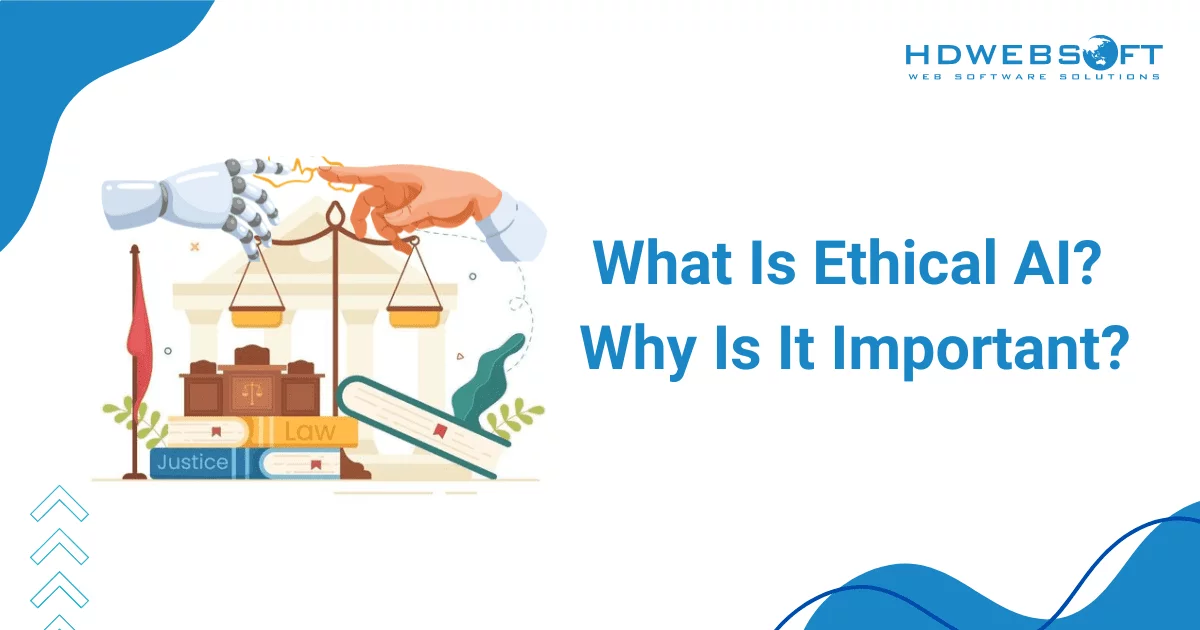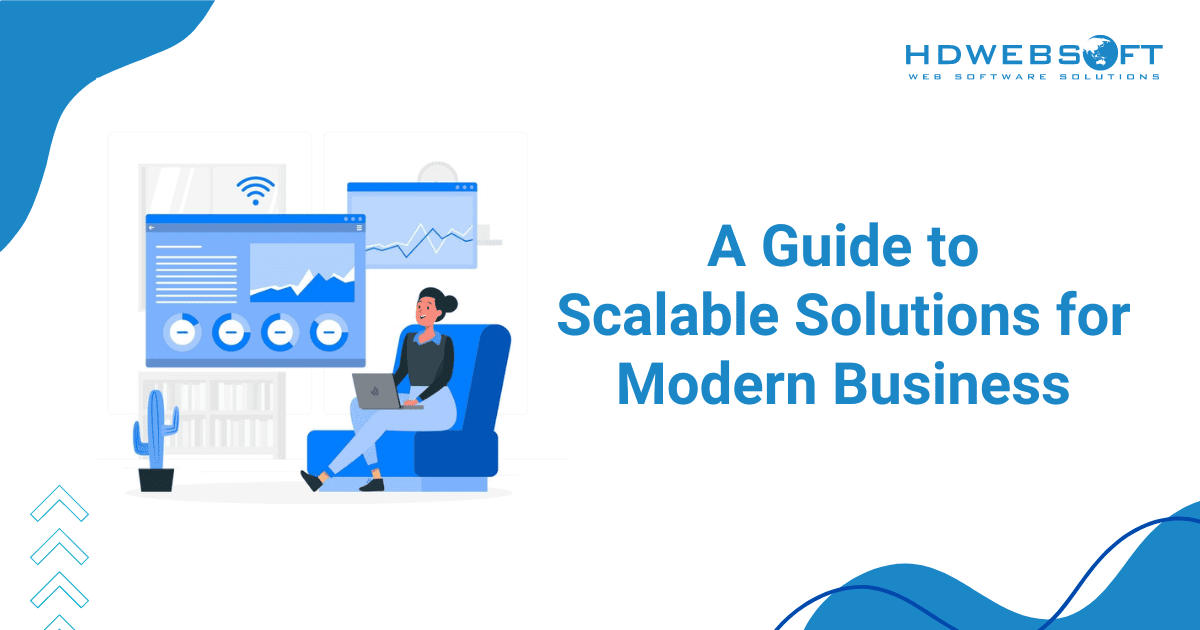
Top AWS Security Issues and How to Prevent Them
AWS security issues have made headlines in recent years. The high-profile incidents serve as powerful reminders that even the most trusted cloud platforms aren’t immune to security lapses. As more businesses migrate to AWS for its flexibility and scalability, securing cloud environments has become more critical than ever.
This blog aims to raise awareness about common AWS security pitfalls that can leave your infrastructure vulnerable. Therefore, understanding the risks and proactively addressing them is the first step toward a stronger cloud defense.
When discussing AWS security issues, it’s impossible to ignore the foundational concept of the AWS Shared Responsibility Model. This model serves as the baseline for understanding who secures what in the AWS ecosystem.
Surprisingly, many AWS security issues arise not from vulnerabilities in the platform itself, but from a misunderstanding or misapplication of this very model. Consequently, grasping its structure is critical for minimizing risk in any AWS deployment.
What is the AWS Shared Responsibility Model
To begin with, the AWS Shared Responsibility Model clearly outlines which aspects of the environment AWS secures and which fall under the customer’s control. In general:
- AWS is responsible for the security of the cloud, which includes its global cloud infrastructure and physical data centers. This also covers networking hardware and foundational services.
- You, the customer, are responsible for the security in the cloud. It means your applications, data, configurations, access controls, and anything you deploy or manage.
Although this model may seem straightforward at first glance, many AWS security issues arise from misunderstandings. These often stem from incorrect assumptions about where AWS’s responsibilities end and the customer’s begin.
AWS’s Responsibilities: Security of the Cloud
On its end, AWS secures the core infrastructure that supports all of its services. This includes:
- Physical security of data centers
- Redundant power, networking, and HVAC systems
- Network segmentation and DDoS mitigation
- Hypervisors and foundational service layers
In other words, AWS ensures that the building blocks of its cloud services are secure. This infrastructure is continuously monitored, tested, and audited by AWS to maintain compliance certifications. It includes ISO 27001, SOC 1/2/3, and PCI DSS.
Nevertheless, even with this strong foundation, AWS security issues can still occur if the customer’s layer isn’t properly secured. That’s where the second half of the model becomes critical.
Customer Responsibilities: Security in the Cloud
Unlike the physical and networking layers managed by AWS, customers are accountable for securing their cloud applications, data, and configurations. This includes:
- Proper configuration of services like S3, EC2, and RDS
- Identity and Access Management (IAM) policies
- Application-level security, such as input validation and secure coding
- Patching and maintaining operating systems and software stacks
- Protecting sensitive data through encryption at rest and in transit
In essence, if you can create, manage, or configure it in AWS, then you are likely responsible for securing it. This is where the vast majority of AWS security problems occur. Case in point, an incorrectly configured S3 bucket that allows public read/write access is not AWS’s fault. It’s a user-side misconfiguration.
The Misconception That Leads to Risk
Interestingly, a significant number of AWS security issues are not caused by sophisticated attacks or zero-day exploits. Rather, they’re caused by human error and misunderstanding of this responsibility model. Many organizations operate under the mistaken belief that AWS “takes care of everything,” which couldn’t be further from the truth.
For instance:
- S3 Bucket Leaks: A common example of AWS security issues caused by user misconfiguration. Public access enabled without controls can expose sensitive data.
- IAM Role Abuse: Overly permissive policies (like “Action”: “*” and “Resource”: “*”) open the door for privilege escalation.
- Unpatched EC2 Instances: If the operating system running on EC2 is not regularly patched, attackers may exploit known vulnerabilities.
Thus, assuming AWS will handle security at all levels is a dangerous mindset and a direct path to preventable security failures.
A Real-World Analogy
To clarify further, imagine AWS as a secure apartment building. AWS ensures that the locks on the front door work, the fire alarms are functioning, and the building has 24/7 security. However, once you rent an apartment (a cloud account or resource), it’s your job to lock your windows, close the blinds, and install a safe if needed.
Ignoring these responsibilities will lead to security breaches, just as surely as leaving your front door open would invite theft. This analogy highlights the root of many AWS security issues. It is often due to user negligence or incorrect assumptions about who is responsible for securing what.
Why Education Is Critical
Given the complexity of cloud environments and the fast pace of deployment cycles, it’s vital to provide proper training on AWS responsibilities. Otherwise, even well-intentioned engineers might inadvertently introduce serious AWS security risks by leaving services exposed or improperly configured.
Moreover, cybersecurity best practices must evolve with the environment. Just because a configuration was secure six months ago doesn’t mean it is today. Hence, AWS introduces new services and features regularly, and failing to adapt often leads to outdated practices. They can be considered another source of AWS security issues.
Top 7 Common AWS Security Issues
Despite AWS being one of the most secure cloud platforms available, AWS security risks still frequently occur. It’s not because of flaws in the platform itself, but due to how users configure and manage their cloud environments. Below, we explore some of the most pressing and commonly encountered security issues, along with real-world implications and preventative strategies.
Misconfigured S3 Buckets
Perhaps the most infamous of all AWS security risks is the misconfiguration of Amazon S3 buckets. These simple storage resources are incredibly powerful but can become dangerous if not secured properly.
In many breaches, S3 buckets have been unintentionally set to allow public access. It means that anyone with the URL can read, and sometimes write, data. Companies like Verizon and Accenture have suffered high-profile data leaks due to this very issue.
Read the Verizon case and Accenture case.
Why it happens
- Default or inherited permissions
- Lack of visibility into public access settings
- Overlooking AWS’s access policy warnings
How to prevent it
- Enable block public access at the account level
- Use AWS Config to monitor for open buckets
- Apply bucket policies that follow the least privilege principle
Overly Permissive IAM Policies
Another common vector for AWS security issues is the use of broad or permissive IAM policies. Many teams, especially during fast-paced development, assign policies with “Effect”: “Allow”, “Action”: “*”, and “Resource”: “*”—which effectively grants unrestricted access.
This setup creates a security time bomb, allowing internal or external actors to elevate their privileges or access unintended resources.
Outcomes include
- Full account takeover
- Unauthorized data access
- Lateral movement across services
Best practices
- Implement least privilege access
- Regularly audit IAM roles and policies
- Use tools like IAM Access Analyzer and AWS Identity Center
Lack of Encryption
When it comes to AWS security issues, overlooking encryption is a serious misstep. Failing to encrypt data at rest or in transit opens the door to interception, manipulation, and exposure.
Even though AWS provides services like KMS (Key Management Service) and TLS for data in transit, encryption isn’t always enforced by default.
Where encryption is often skipped
- EBS volumes
- RDS snapshots
- Lambda environment variables
Mitigation tips
- Enable default encryption for S3, EBS, and RDS
- Use customer-managed keys for tighter control
- Regularly rotate encryption keys
Insecure APIs and Exposed Endpoints
As organizations adopt microservices and serverless architectures, the surface area for AWS security risks increases. In particular, API Gateway and Lambda endpoints are the main ways they increase.
It’s worth mentioning that unprotected or poorly authenticated APIs can be discovered and exploited by attackers using automated scanning tools. Once found, they can be used for data extraction, brute-force attacks, or service disruption.
Contributing factors
- No authentication or API key usage
- Lack of rate limiting or throttling
- Overexposed CORS policies
Secure your APIs by
- Enabling Cognito or IAM-based authentication
- Implementing WAF (Web Application Firewall) rules
- Monitoring with AWS CloudWatch and GuardDuty
Unpatched EC2 Instances and AMIs
Even with AWS handling the physical infrastructure, EC2 instances remain your responsibility. Moreover, they represent one of the most common sources of AWS security issues due to poor patch management.
When instances run outdated operating systems or vulnerable software, attackers can exploit known CVEs (Common Vulnerabilities and Exposures). Notably, these vulnerabilities are often targeted within minutes of discovery.
Typical causes
- Using old AMIs without updates
- Lack of automation for patching
- Ignoring vendor security bulletins
Fix it by
- Using AWS Systems Manager Patch Manager
- Regularly updating and rotating AMIs
- Applying automatic security updates where possible
Neglecting the Principle of Least Privilege
Far too often, organizations grant users and services more access than necessary. Whether accidental or malicious, it somewhat increases the likelihood of misuse. This is a silent but critical contributor to AWS security risks.

Consequences include
- Privilege escalation by threat actors
- Data leakage from over-scoped roles
- Increased blast radius in case of compromise
To resolve this
- Regularly review IAM permissions
- Use permission boundaries and attribute-based access control (ABAC)
- Integrate least privilege enforcement into your CI/CD pipelines
Misconfigured Security Groups and Network ACLs
Finally, one of the more subtle yet dangerous AWS security issues involves improperly configured Security Groups and Network Access Control Lists (ACLs) within the Amazon VPC.
Many organizations leave ports wide open, especially SSH (port 22), RDP (port 3389), or even entire CIDR blocks like 0.0.0.0/0. As a result, those configurations can allow attackers to probe, exploit, or brute-force their way into your environment.
What often goes wrong
- Overuse of “allow all” rules
- Forgetting to restrict outbound traffic
- Not segmenting internal services properly
Key safeguards
- Apply the default deny approach and only allow necessary ports
- Use VPC flow logs to audit traffic patterns
- Implement Network Firewalls and PrivateLink for sensitive services
Security Best Practices in Amazon Web Services
Preventing AWS security risks doesn’t require reinventing the wheel. It requires consistency, visibility, and adherence to proven best practices. By proactively implementing the security strategies below, organizations can dramatically reduce the likelihood of misconfigurations and compliance failures in AWS.
Enforce the Principle of Least Privilege
A recurring root cause of AWS security issues is excessive access. Always follow the principle of least privilege; users and services should only get permissions they absolutely need. Remember to use IAM roles, permission boundaries, and fine-grained access controls to limit what each entity can do.
Tip: Use IAM Access Analyzer to detect and fix unintended access.
Enable Logging and Continuous Monitoring
Many organizations suffer from delayed breach detection because they lack proper visibility. First, enabling services like AWS CloudTrail, Amazon GuardDuty, and AWS Config allows you to track activity across your environment. Then, with this visibility, you can detect anomalies and maintain compliance with both internal policies and external regulations.
Key benefit: You get real-time alerts about potential AWS security risks before they escalate.
Automate Security Checks
Manual reviews are not scalable in cloud environments. Therefore, using AWS Config Rules, Inspector, and Security Hub can enforce baseline security configurations automatically. These tools can detect AWS security issues like open ports, missing encryption, or publicly accessible resources.
Bonus: Integrate these checks into your CI/CD pipeline for early detection during development.
Encrypt Everything—Always
To begin with, encryption is one of the simplest yet most effective forms of defense. Make sure that all data at rest and in transit is encrypted using AWS Key Management Service (KMS) or custom encryption keys. Additionally, enable default encryption for services like S3, RDS, and EBS volumes.
Reminder: Lack of encryption is a recurring theme in high-profile AWS security issues.
Regularly Audit and Rotate Credentials
Stale credentials and unrotated keys increase the risk of compromise. Hence, you should regularly audit IAM users, disable unused accounts, and rotate secrets using tools like AWS Secrets Manager.
Maybe you haven’t read: Telehealth Security – Protecting Patient Data in Digital Age.
Tools and Resources to Strengthen AWS Security
When it comes to minimizing AWS security issues, the right security tools and resources make all the difference. AWS provides a robust ecosystem of native services that enable developers to choose the ones that best fit their requirements. Let’s check them out.
AWS Security Hub
The AWS Security Hub aggregates findings from multiple services, such as GuardDuty, Inspector, and third-party tools, into a single dashboard. It utilizes industry standards to evaluate your environment and identify critical AWS security risks.
Core Benefits
- Unified visibility across AWS accounts
- Automated compliance checks
- Integration with ticketing systems and SOAR tools
Amazon GuardDuty
This threat detection service utilizes machine learning to identify unusual activity. The tool includes port scans, credential compromise attempts, and access from malicious IP addresses. It is one of the first lines of defense against real-time threats in AWS.
Reasons for using
- Zero impact on performance
- Detects account compromise, EC2 abuse, and more
- Sends actionable alerts via EventBridge
AWS Config and Config Rules
AWS security issues can be detected early with AWS Config. Particularly, the tool tracks changes to your AWS resources and evaluates them against predefined or custom rules. You can identify security misconfigurations in near real-time, such as public S3 buckets or unencrypted volumes.
Use cases
- Detecting drifts from baseline configurations
- Auto-remediation using Lambda functions
- Audit trails for governance
IAM Access Analyzer
One of the most common AWS security risks is overly permissive access. To address this, IAM Access Analyzer helps you discover resources shared externally or with overly broad permissions.
Top Features
- Scans IAM roles, policies, and resource shares
- Flags excessive permissions
- Integrates with AWS Organizations
CloudTrail and CloudWatch
For forensic analysis and activity tracking, CloudTrail logs every API call made in your AWS environment. Meanwhile, CloudWatch provides monitoring and alerting capabilities.
Combined, they allow you to
- Detect unauthorized access attempts
- Set up alarms on specific security-related actions
- Meet audit and compliance requirements
AWS Trusted Advisor
Last but not least, AWS security issues can often be uncovered with the help of Trusted Advisor. This tool provides insights based on AWS best practices, including checks on security configurations like exposed ports, MFA on root accounts, and IAM usage.
Its relevance
- Built-in with AWS Business and Enterprise Support plans
- Covers security, cost, fault tolerance, and performance
- Helps prioritize remediation tasks
Real-World Examples of AWS Security Issues
Understanding theory is one thing; seeing the consequences in the real world makes the lessons far more tangible. Let’s explore some high-profile incidents that resulted from AWS security risks, all of which were avoidable with better practices. These examples highlight how even the largest organizations can fall victim to simple missteps in the cloud.
Capital One Data Breach (2019): IAM Misconfiguration and Server-Side Request Forgery
One of the most infamous AWS security issues in history involved Capital One, where a former AWS employee exploited a vulnerability to access over 100 million customer records.
What went wrong
- An EC2 instance had an overly permissive IAM role, allowing access to sensitive S3 buckets.
- The attacker used server-side request forgery (SSRF) to trick the instance into issuing credentials.
- Logging wasn’t fully centralized, delaying detection.
The takeaway
Always review IAM roles, apply the principle of least privilege, and monitor for abnormal request patterns.
Accenture’s S3 Exposure (2017): Public Buckets Expose Sensitive Data
The global IT consultancy Accenture left multiple S3 buckets publicly accessible, containing:
- Internal access keys
- API data
- Customer credentials
These misconfigurations stemmed from a lack of bucket-level access policies and monitoring.
Implication
This breach highlighted the ease with which storage security can be overlooked. It also underscored the severe consequences that can result when AWS security issues stem from human error.
Remediation
Utilize S3 bucket policies with strict access controls and leverage AWS Config to detect public exposure in real-time.
Booz Allen Hamilton Leak (2017): Open S3 Bucket with Government Data
Another major consulting firm, Booz Allen Hamilton, inadvertently leaked classified military files and credentials due to an open S3 bucket. The breach was discovered by security researchers, not internal monitoring tools.
What’s at stake
Even firms with national security contracts are not immune to AWS misconfigurations.
Lesson learned
No resource should be exposed to the internet without a deliberate and audited decision. Note down that default-deny policies and auto-remediation tools can prevent similar AWS security risks.
Conclusion
Securing your AWS environment requires more than relying on AWS’s built-in protections. As explored in this blog, AWS security issues often arise from misconfigurations, overly permissive access, outdated software, or human error. By understanding the shared responsibility model and implementing proactive measures, you can significantly reduce your cloud security risks. Staying vigilant and informed is essential to protecting your data and operations in the cloud.
At HDWEBSOFT, we offer expert AWS development services and Cloud solutions tailored to your business needs. Our team helps you design, build, and maintain secure, scalable, and efficient AWS architectures. We’ll ensure your AWS infrastructure aligns with best practices, so you can focus on innovation while we take care of your cloud.
















